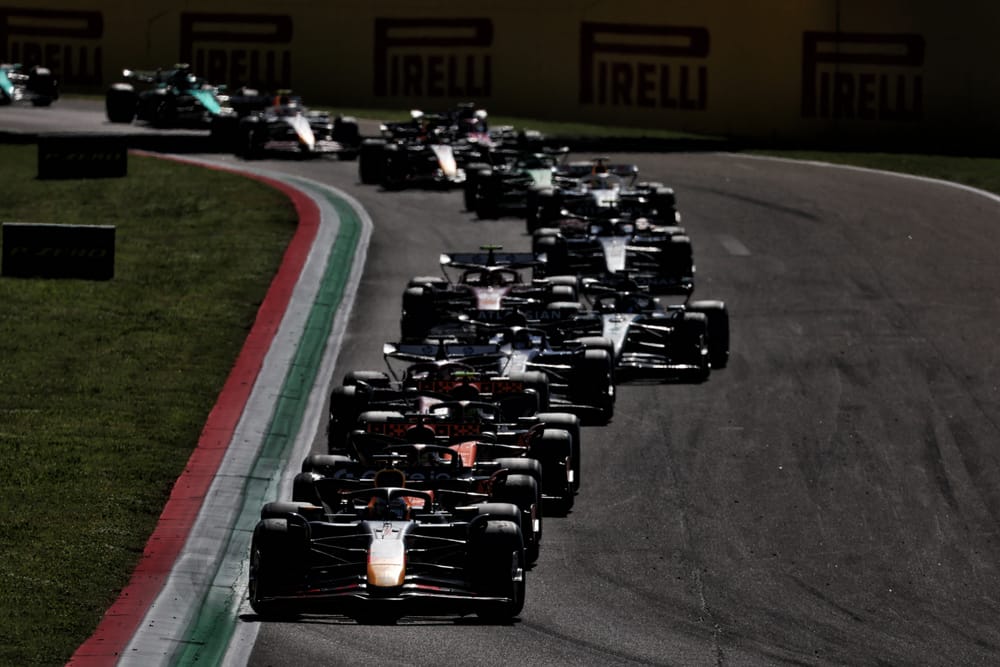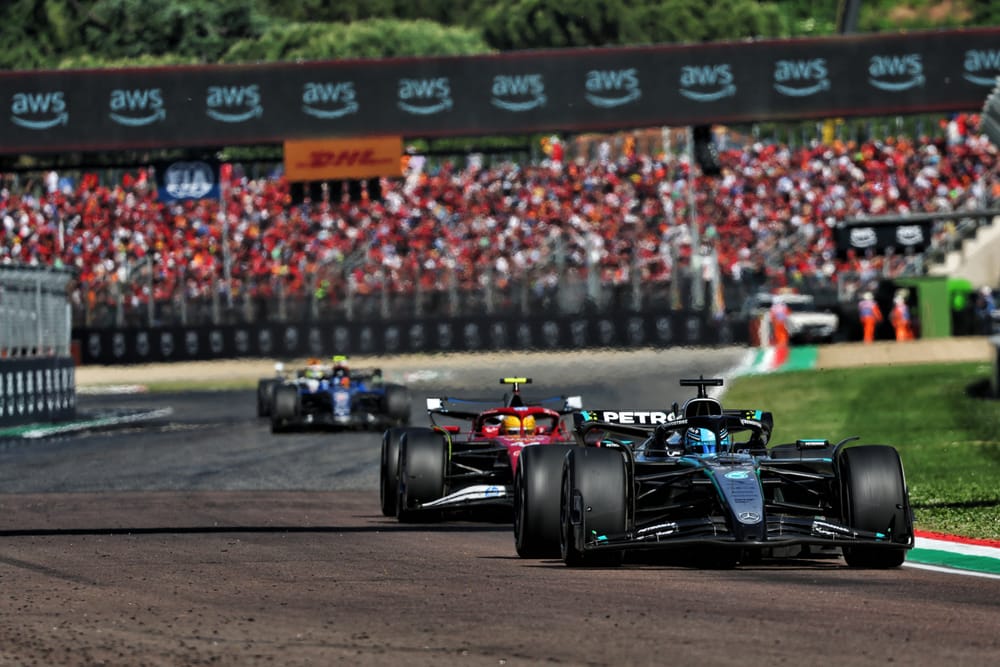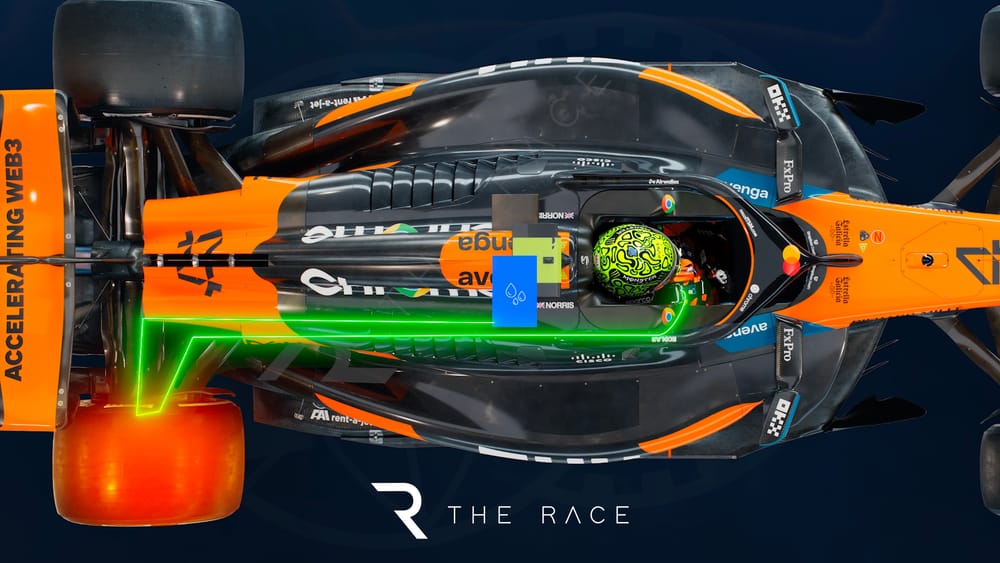The first seven races of the 2025 Formula 1 season have gone by in a flash, but taught us much about the strengths and weaknesses of all 10 cars.
The Race’s team in the F1 paddock has watched the cars from trackside, analysed the data, and spoken at length to the drivers and team personnel to understand the relative performance of the cars.
And with a wide range of conditions and track characteristics encountered across the Albert Park, Shanghai, Suzuka, Bahrain, Jeddah, Miami and Imola circuits, as well as knowledge of how the cars have evolved, it’s possible to build up a comprehensive picture of how well - or badly – each car is really working.
So, in reverse championship order, here’s our evaluation of the 10 grand prix cars fighting it out for glory in 2025.
Sauber
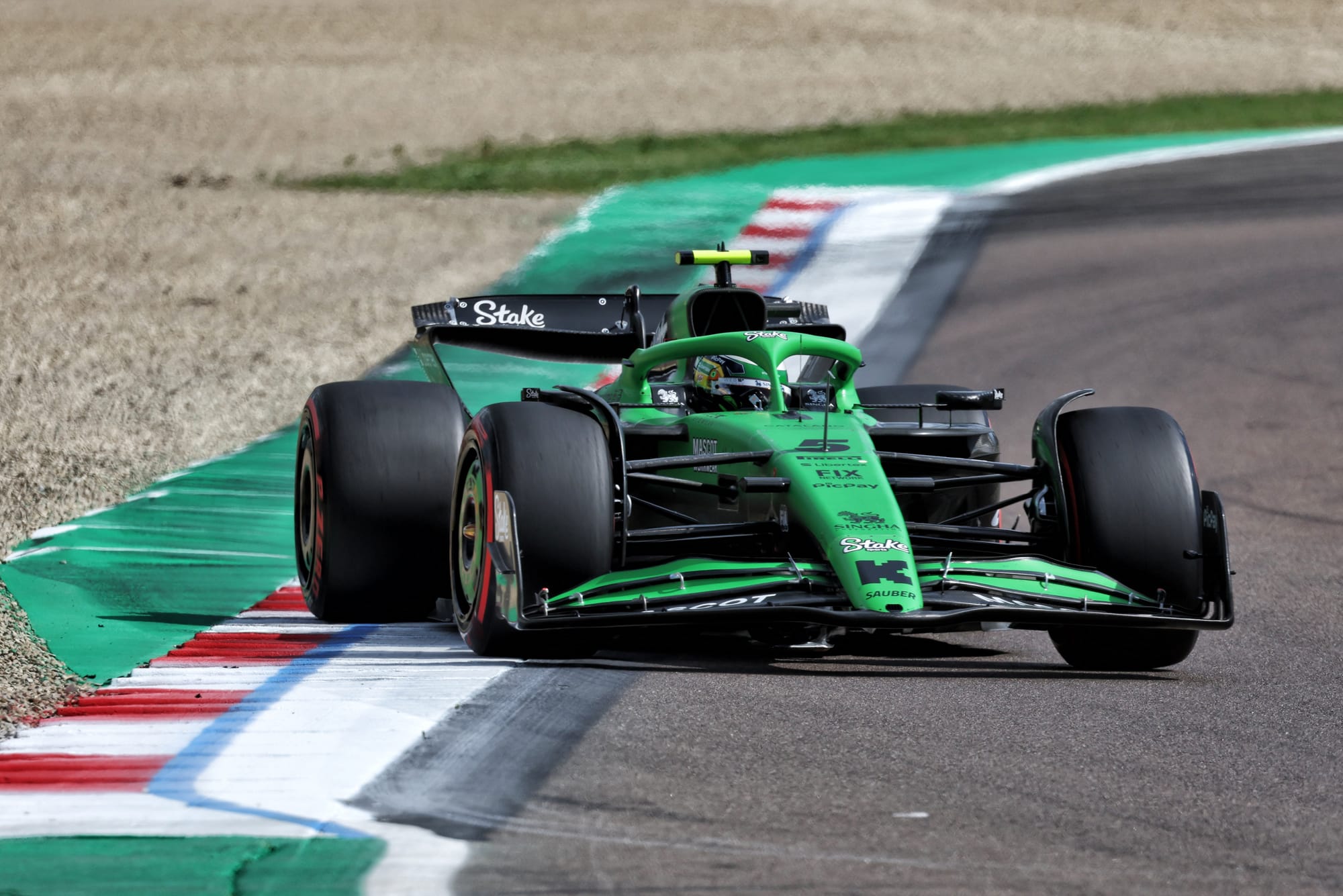
The Sauber C45 is living proof of how tightly-packed the 2025 F1 field is. On average, it’s only 1.7% off the pace - around 1.4 seconds around a typical 80-second lap - but that’s enough to make it a backmarker.
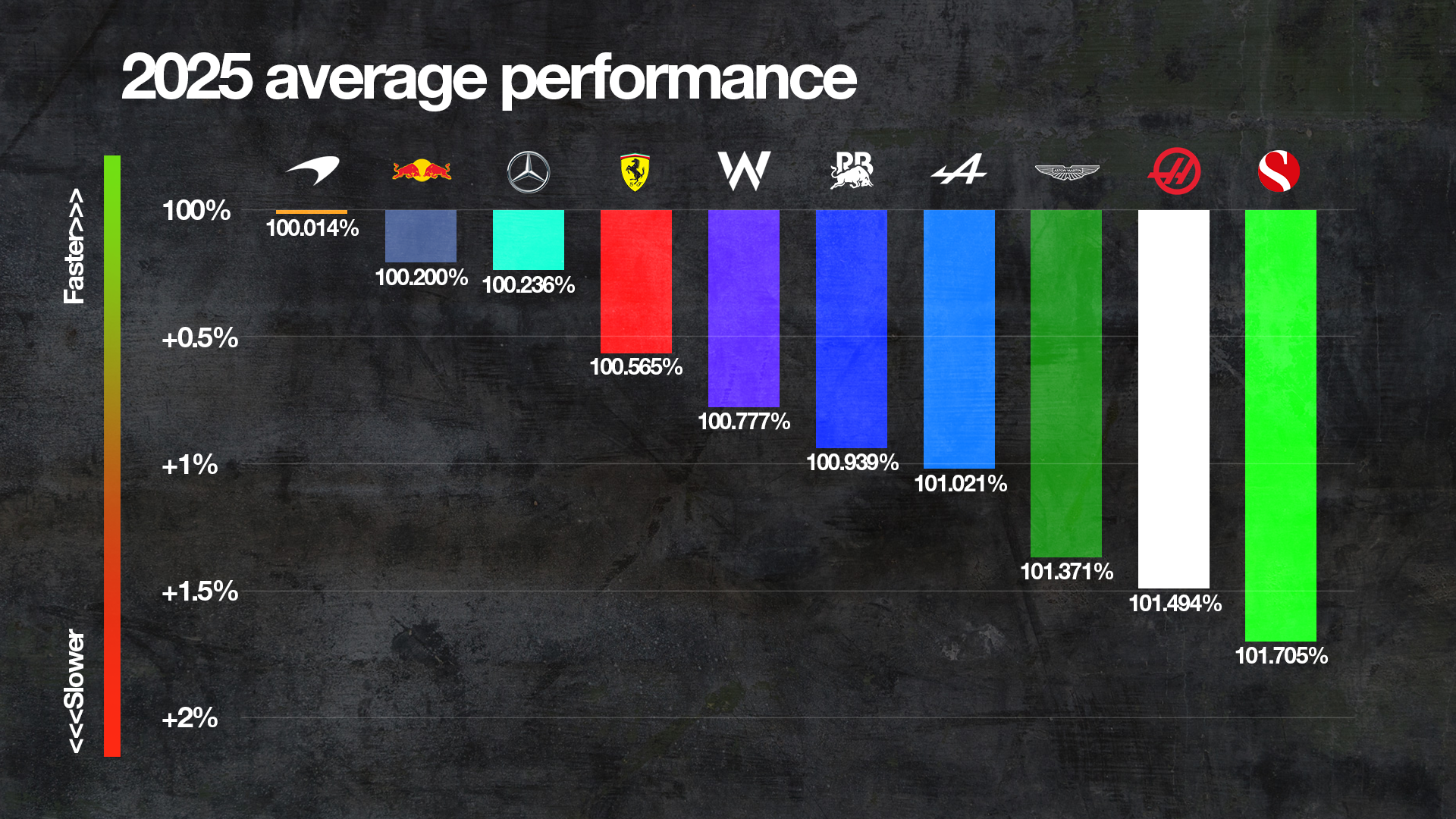
The Sauber is generally at its best in qualifying trim, when the extra bite of fresh soft Pirellis at least means it’s possible to slip into Q2. That makes qualifying pace, relatively speaking, its strength.
Even then, it still requires perfect execution from drivers Gabriel Bortoleto and Nico Hulkenberg to avoid elimination in Q1.
While there was plenty of talk of its troubles in dirty air, the primary weakness is simply an excess of understeer and "not enough downforce" in the words of director of operations Beat Zehnder.
Alpine
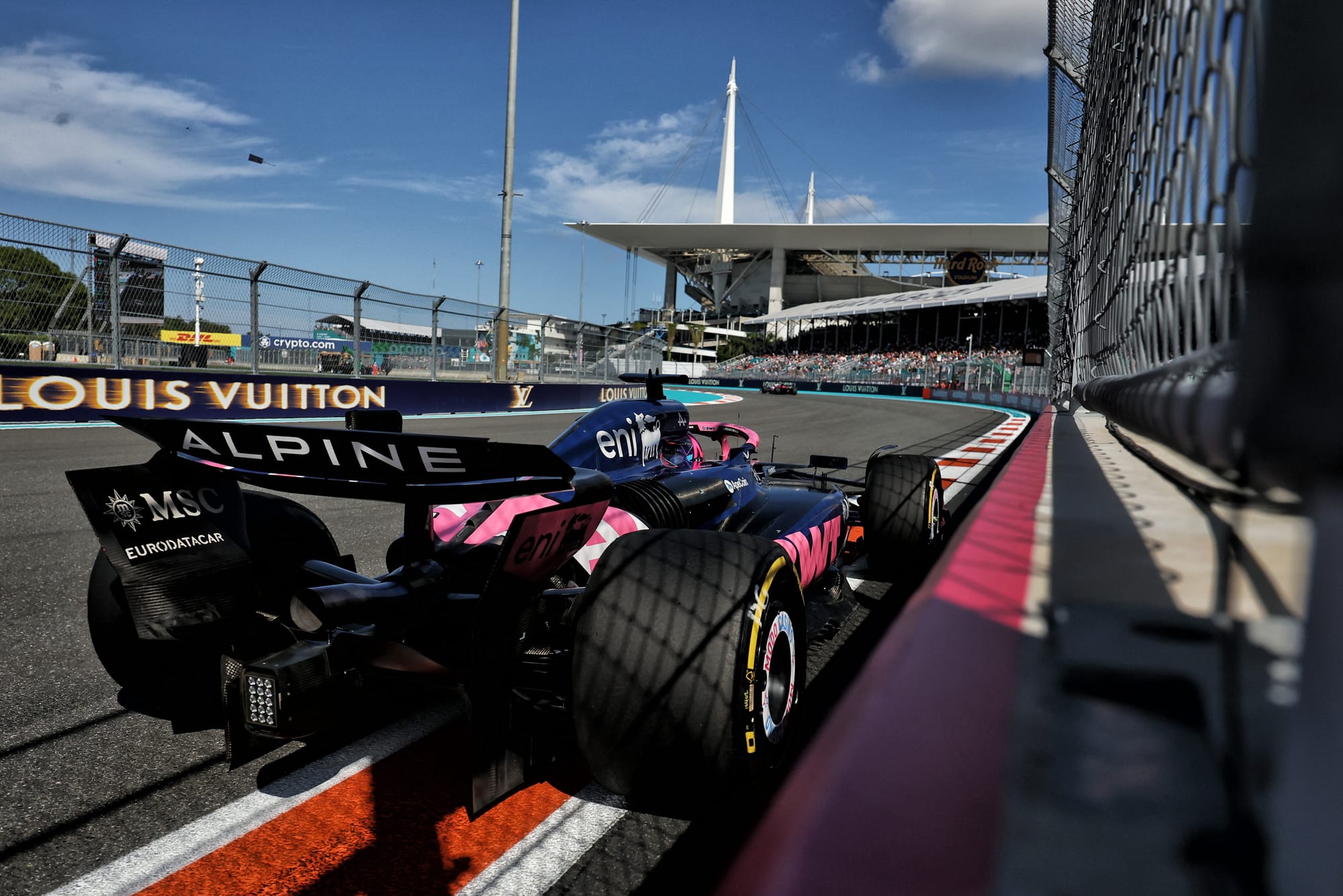
The Alpine A542 is a handy car chassis-wise. Its strengths are in particular in faster corners and on traction, which has made it a car that has produced strong pace that isn’t reflected in the results so far.
The Alpine is the seventh-fastest car on average, but has failed to make good on the pre-season promise that it would be vying for the leadership of the midfield for Williams. And that’s all because of its major weakness, which lies behind the driver.
It’s well known that Alpine has a small power deficit of around 15 kilowatts, or 20 brake horsepower. Around an average circuit, that costs approximately two-tenths. However, that’s not the only problem.
The ERS system is also inefficient when it comes to harvesting electrical energy under braking. That means the battery is charged at a slower rate, and while that can be mitigated in qualifying when you can charge up the battery for a single push lap, it costs performance once into sustainable running in a race stint.
Pierre Gasly admits there "there are tracks where we’ll be struggling more compared to the others" as a result.
That’s not going to change given the power units are homologated. And that’s why Alpine is eagerly anticipating the switch to Mercedes customer engines for 2026.
Racing Bulls
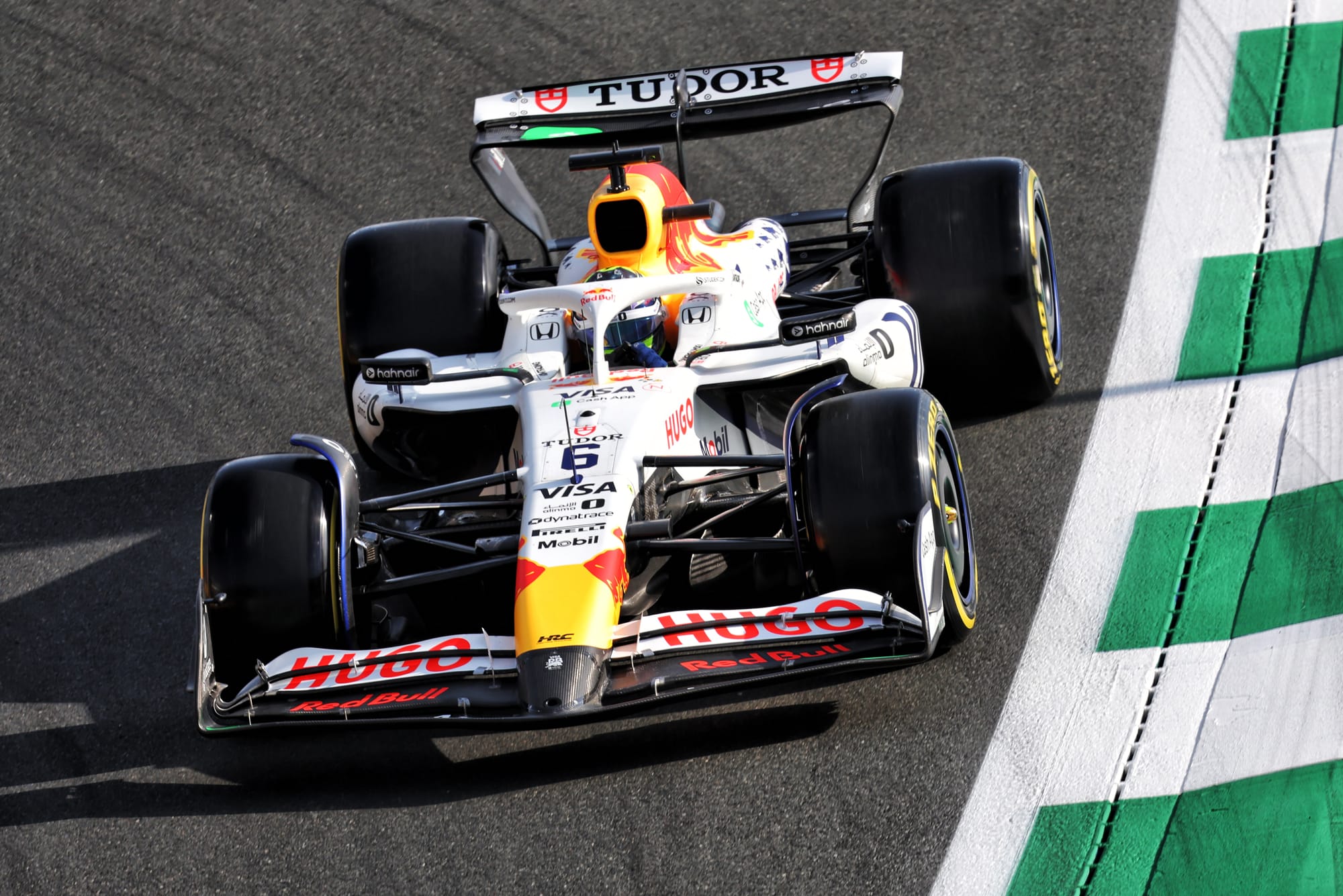
The VCARB 02 didn’t look like a midfield frontrunner during pre-season testing in Bahrain, but quickly emerged as such. And while it hasn’t had the same speed as the Williams, it’s a regular in the top 10.
The car’s main strength is that it’s, by F1 standards, usually fairly easy to drive. Those benign characteristics allowed Yuki Tsunoda, early on, and Isack Hadjar throughout the season so far to threaten for points regularly.
"We tend to put it on the track, the drivers are happy and we just fine-tune it,”Alan Permane, Racing Bulls racing director said.
High-speed corners have been the main weakness, less so in terms of handling and more just as a reflection of total downforce.
An upgrade at Imola helped, although the conversion rate of opportunities to points needs to improve.
Aston Martin
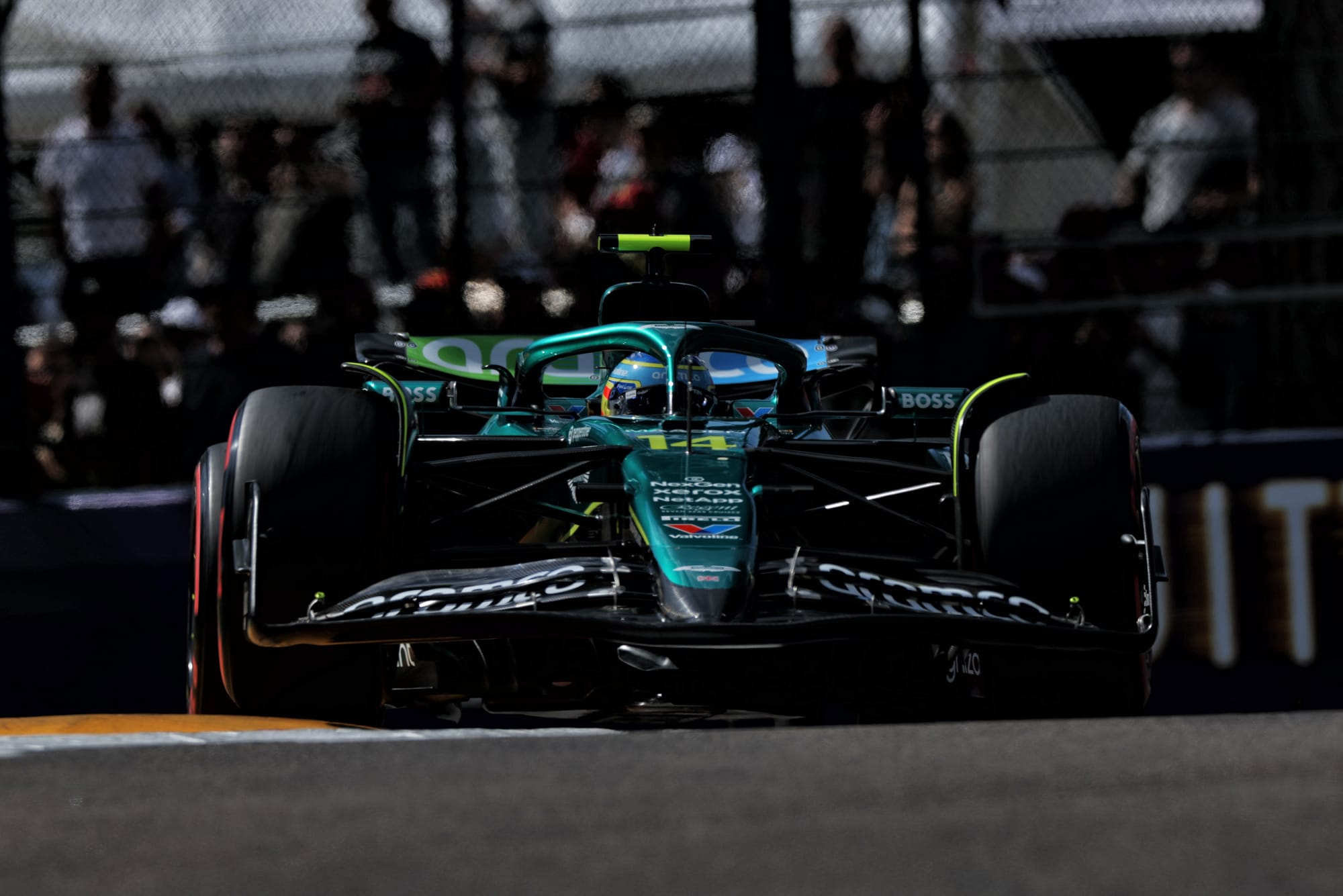
The Aston Martin AMR25 is an improvement on last year’s car in terms of stability, but it’s not been a transformative change. And while the recent upgrade package introduced at Imola was a boost, it’s still unclear whether Aston Martin can be a regular points threat.
The main strength of the car is performance in fast corners. Its main weakness lies at the other end of the speed range, with Fernando Alonso recently saying it’s like the car is "dying in the low-speed".
As far more time is spent in slow corners, that’s not a good situation for Aston Martin. But as team principal Andy Cowell says, the Imola upgrade was an improvement across the speed range.
“What we've done is bring an update that is good at low, medium and high speed," Cowell said.
And that means that it is going in the right direction.
Haas
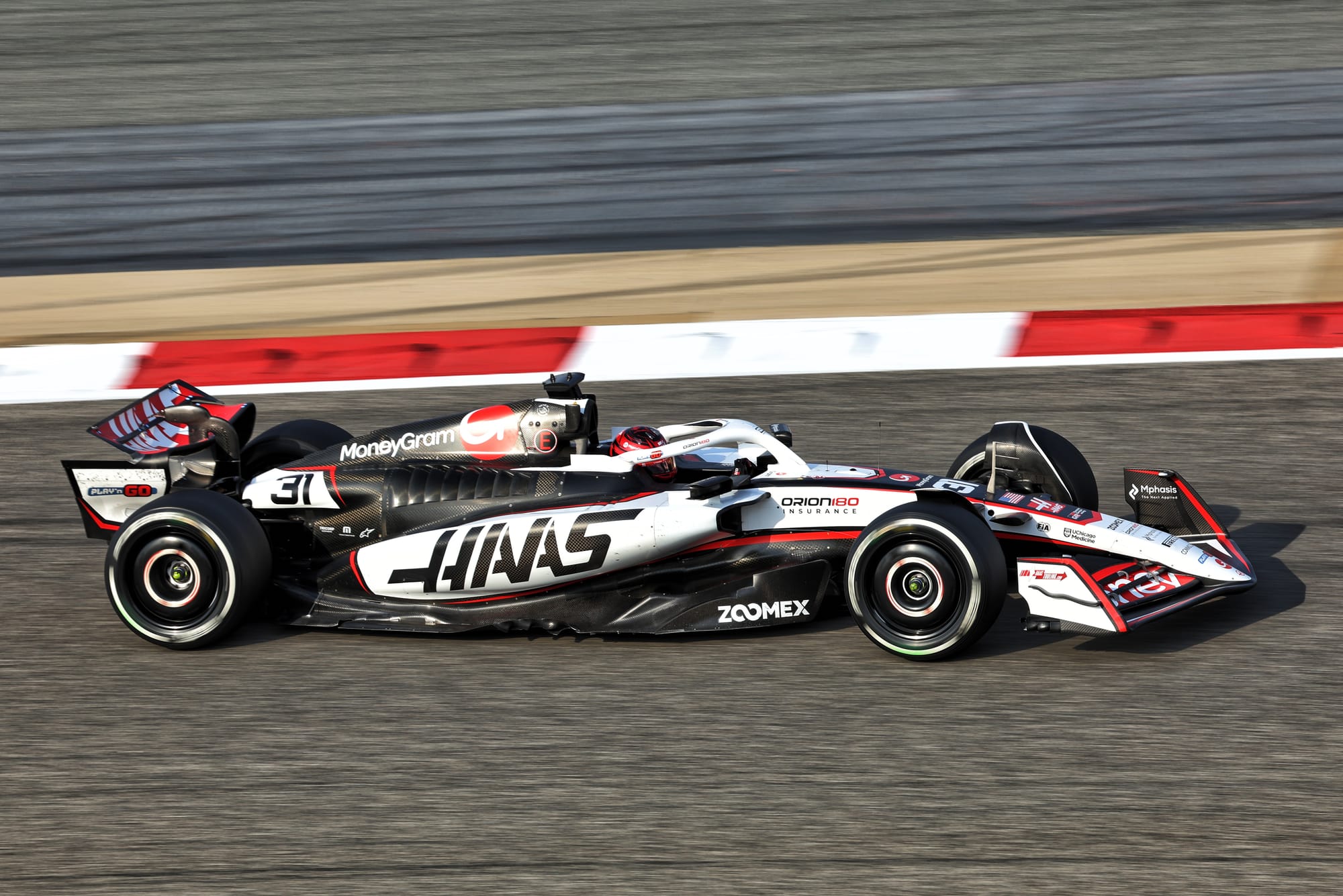
The Haas’s great strength this year has been that it’s a car that generally has decent balance. That means that it’s been at least a threat in the midfield pack pretty much everywhere even though it’s an unremarkable ninth-fastest on average.
However, that’s distorted by the dreadful performance in Australia where aerodynamic oscillations - the dreaded bouncing - caused big problems in the high speed.
As performance director Damien Brayshaw said at Imola, Haas is "one of the last teams to run into this sort of [bouncing] problem".
This means its big weakness is the threat of porpoising and/or bouncing returning. So far, the signs are good after a quick response with an upgrade for the third race of the season in Japan, which was built on with another package introduced at Imola.
Williams
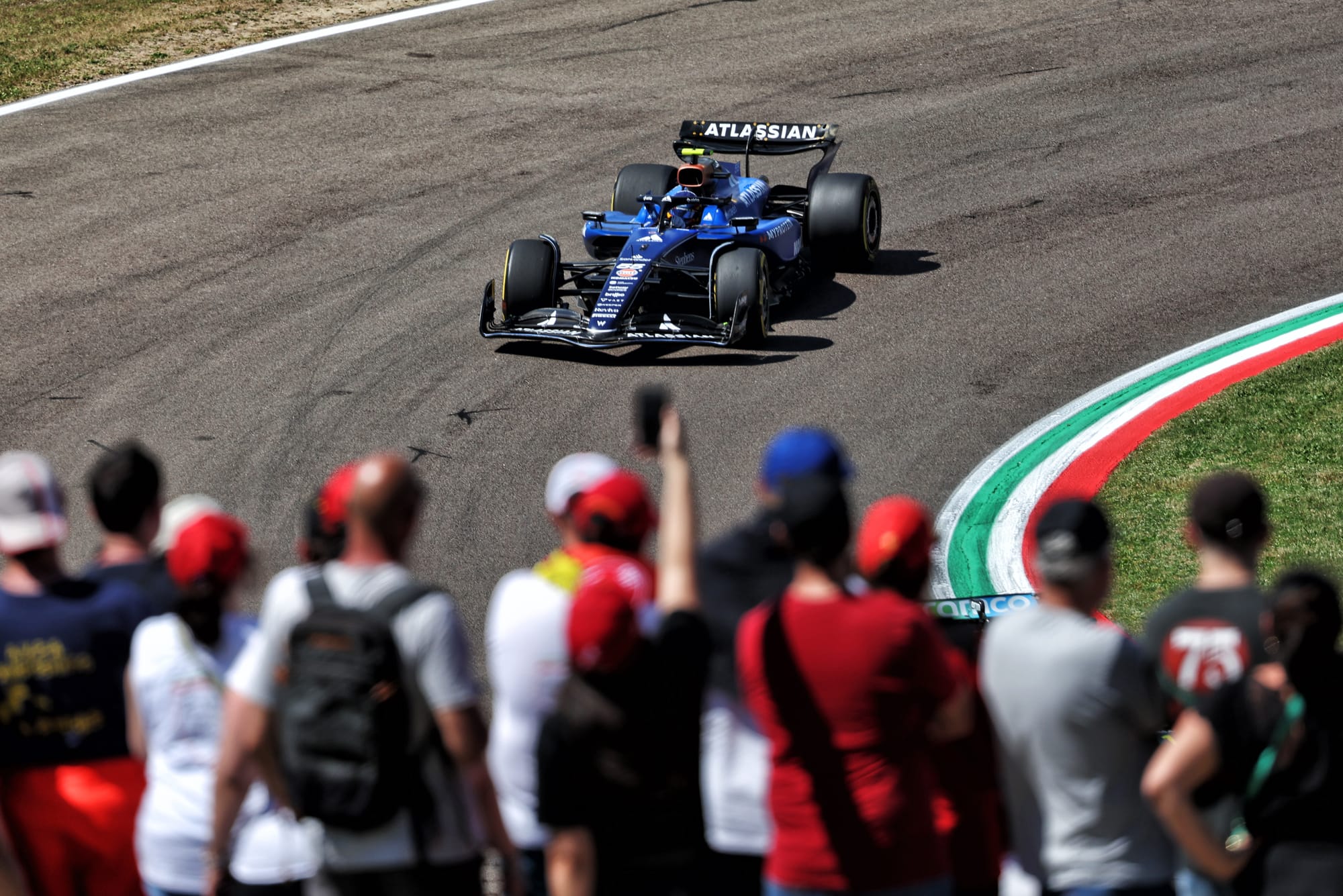
The Williams has been so powerful a midfield standout that it has at times caused problems for both Ferrari and Mercedes. What’s more, it has racked up 50 points - only seven fewer than Sauber, Alpine, Aston Martin, Racing Bulls and Haas combined.
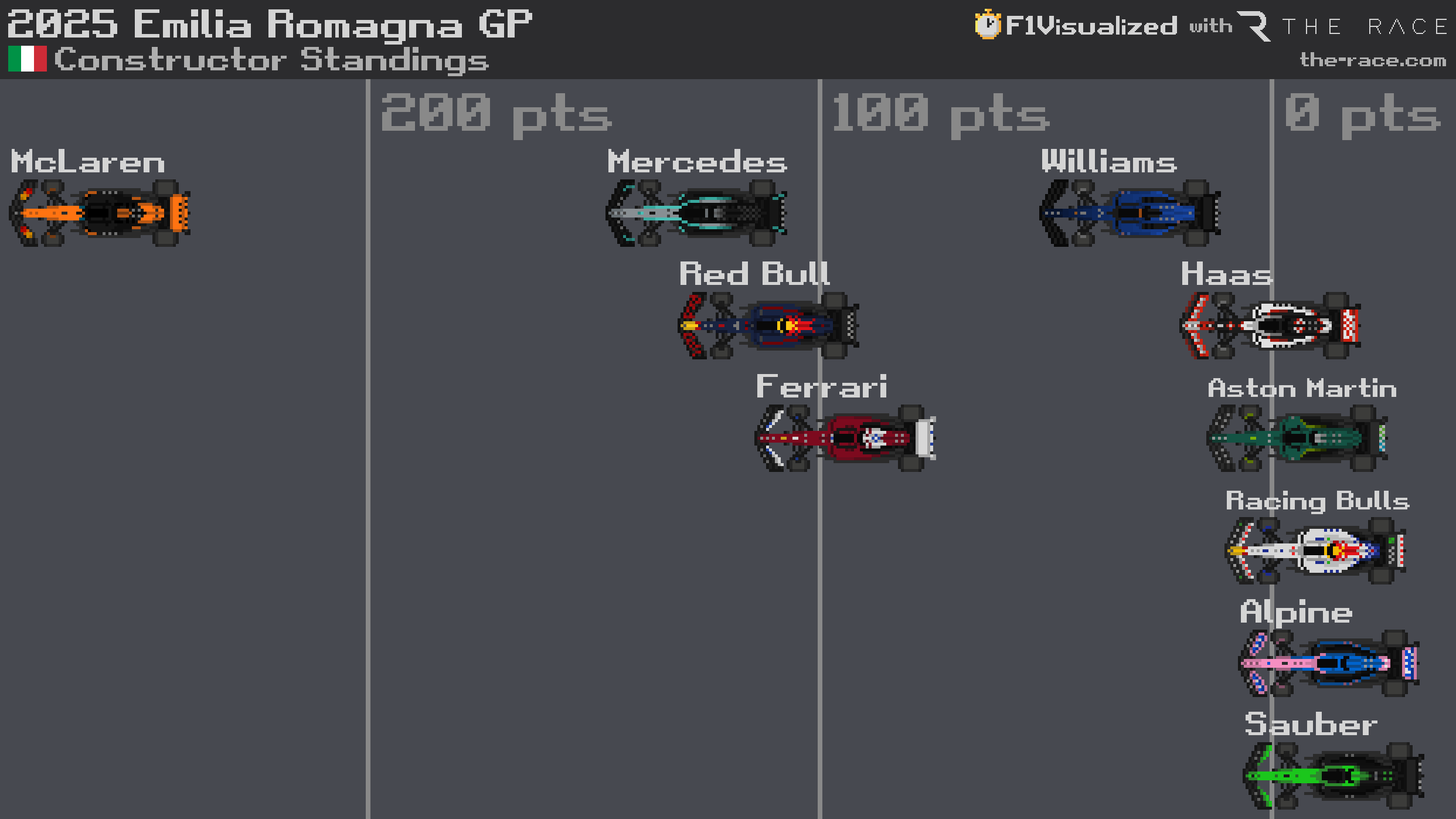
The Williams is generally at its best in medium and high-speed corners, which is one of the reasons why it went so well at Imola. It’s also decent in slower turns, provided they are of the shorter, simple type that you get in Miami.
That’s because the car’s weakness continues to be the struggle in longer, slower corners with combination braking and turning entries. That explains why its performances fluctuate a little.
On the plus side, this is a longstanding weakness that is becoming ever less weak.
"[The problem] was an eight or nine out of 10 in the ‘23 car, down to a four [today] and we need to get it to a zero," Williams team principal James Vowles said.
With the main focus on 2026 development now, it’s likely Williams will carry this weakness through the rest of the season.
Ferrari
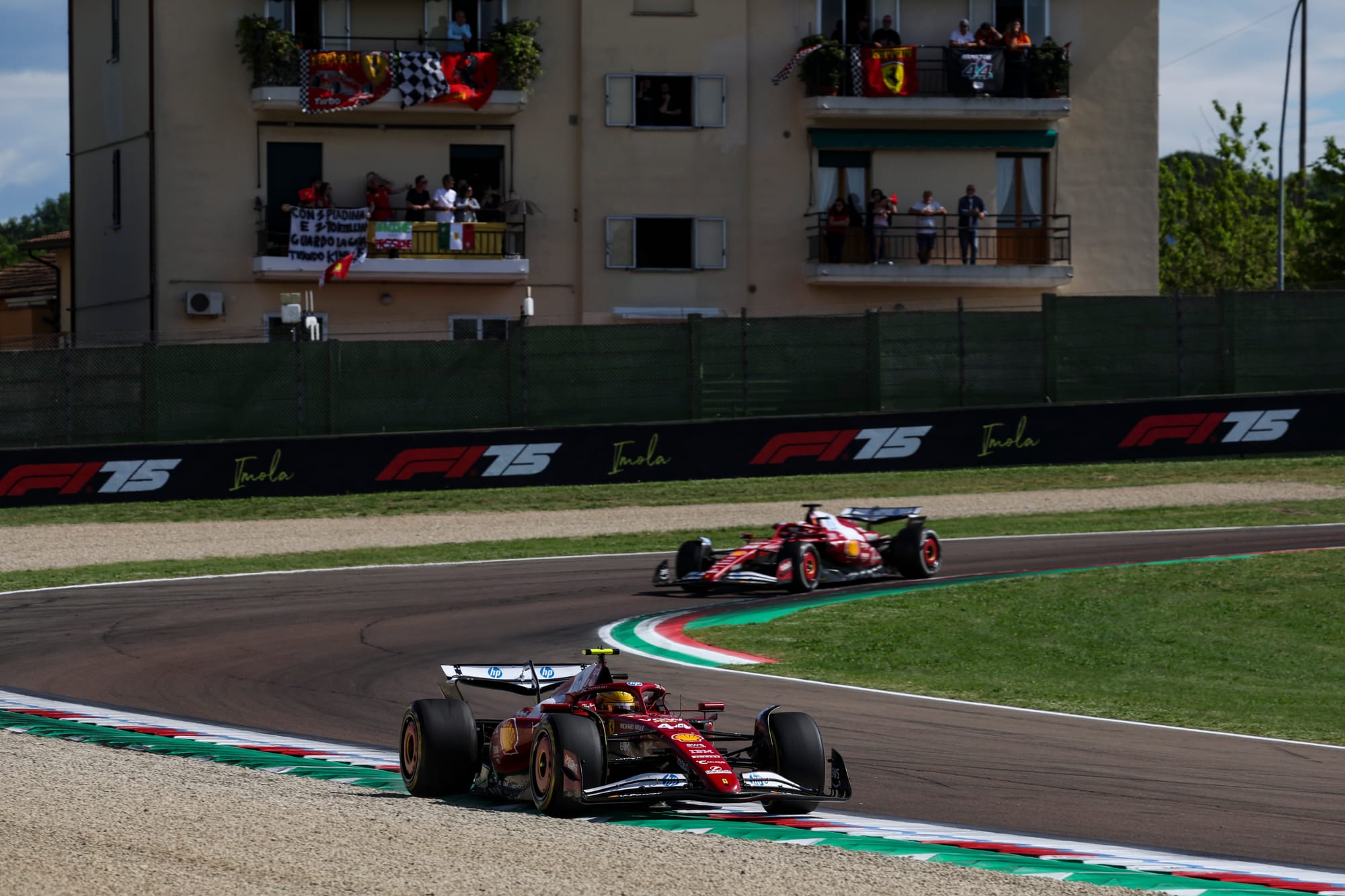
The Ferrari’s main strength is usually race pace, with the speed on Sunday at Imola proof of that. Having qualified outside the top 10, the car showed genuinely good race pace with Lewis Hamilton recovering to fourth and Charles Leclerc sixth.
The trouble is that one of the main reasons its strong race pace stands out is that the Ferrari SF-25 struggles in qualifying trim. That’s mainly thanks to the big weakness, which is the need to compromise the ride height it’s running at to avoid excess plank wear. In particular, that’s cost it low-speed corner performance thanks to the mechanical compromises.
And while team principal Fred Vasseur keeps talking about the need to extract the potential of the car, it’s clear that a step is needed - most likely with a modification to the rear suspension internals to allow the car to run lower and therefore with more downforce.
If that can be done, there could be a step change in performance. Although as Leclerc says, "I don't think there's any silver bullet to the situation we are in," and it's hard to disagree.
Red Bull
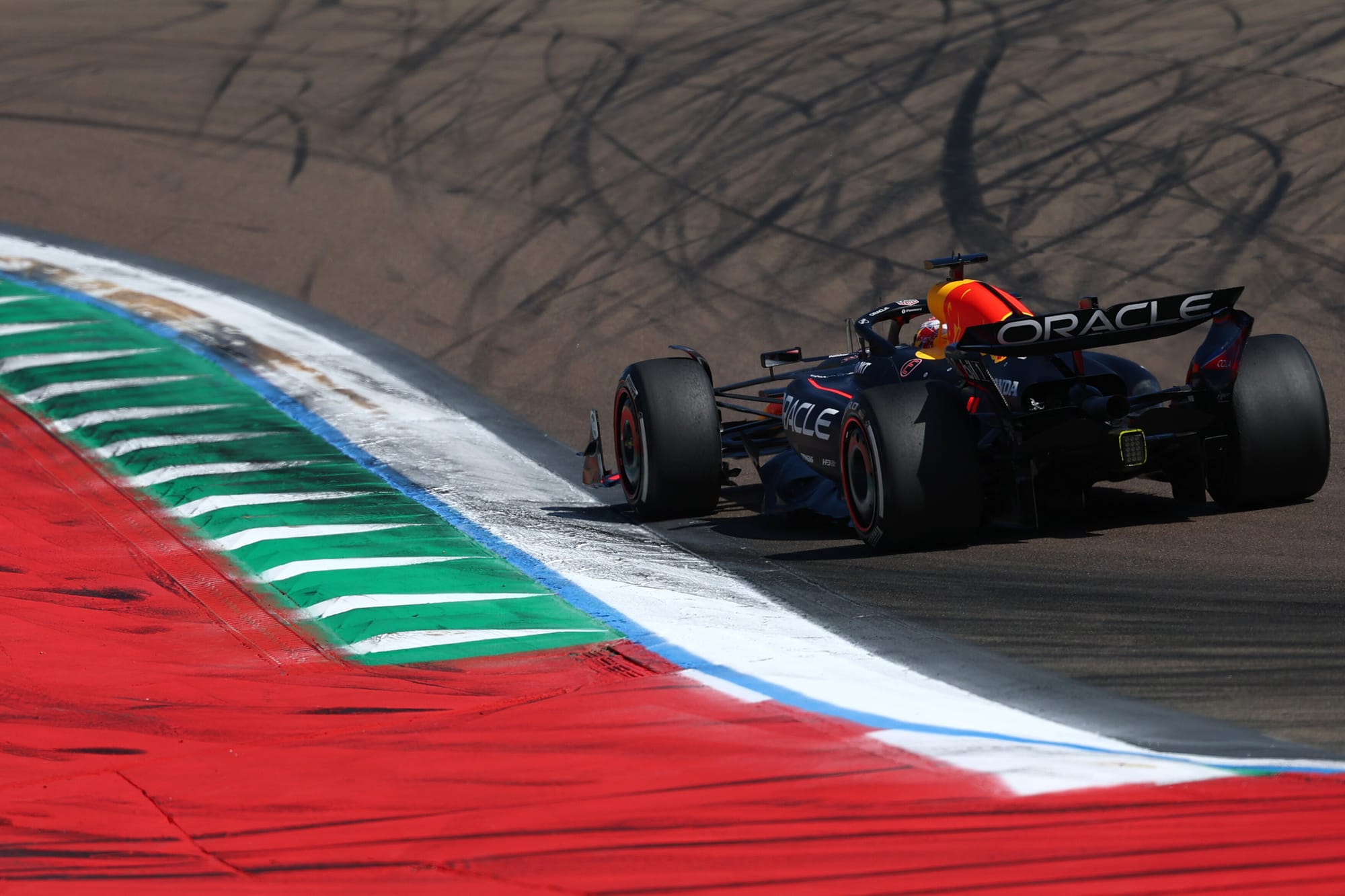
The Red Bull RB21 has won two races in the hands of Max Verstappen, but still isn’t consistently the measure of the McLaren.
Imola showcased its strengths - great grip in quicker turns, especially on a track that doesn’t have too broad a range of corner speeds. When it’s in the right window, it’s a quick car - and Imola upgrades have made that easier.
"We’ve managed to put some performance on the car and get the car into a better window,” explained Red Bull team boss Christian Horner.
Where the Red Bull struggles is on tracks where there is a wide range of corner speeds, which makes it more difficult to find that balance.
It’s also at a disadvantage on tracks where rear tyre temperature management when it comes to the core temperature is key - as opposed to at Imola, where surface temperature was the limiting factor and Verstappen was quick over a race stint.
Mercedes
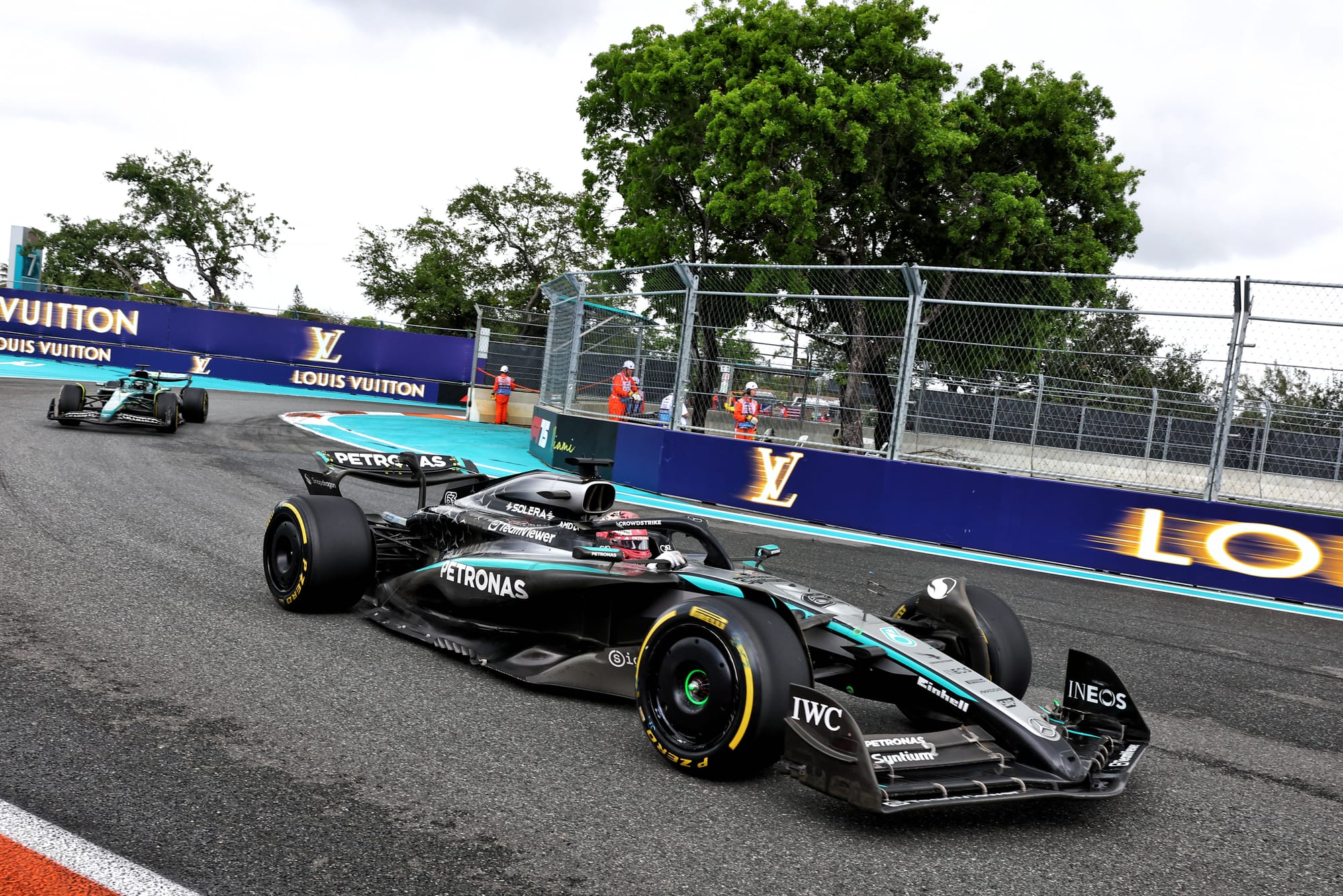
The Mercedes is a decent all-round car, with its main strengths the ability to produce downforce across a wide range of corner speeds, good aero efficiency and traction.
That’s meant that the car has been, for the most part, a consistent force towards - albeit not right at - the front in F1 with George Russell bagging four podiums and Kimi Antonelli taking sprint pole in Miami.
The big problem for Mercedes is that hopes it now had a car for all seasons and had solved the problem of 2024 when it struggled in higher temperatures have proved wide of the mark
Russell sums it up as “when it’s hot we’re nowhere, when it’s cold we’re quick”. This is because, as deputy technical director Simone Resta puts it, "I don't think necessarily that there's been an improvement in terms of tyre management".
And with a series of races coming up in the European summer, that weakness could be a major problem.
McLaren
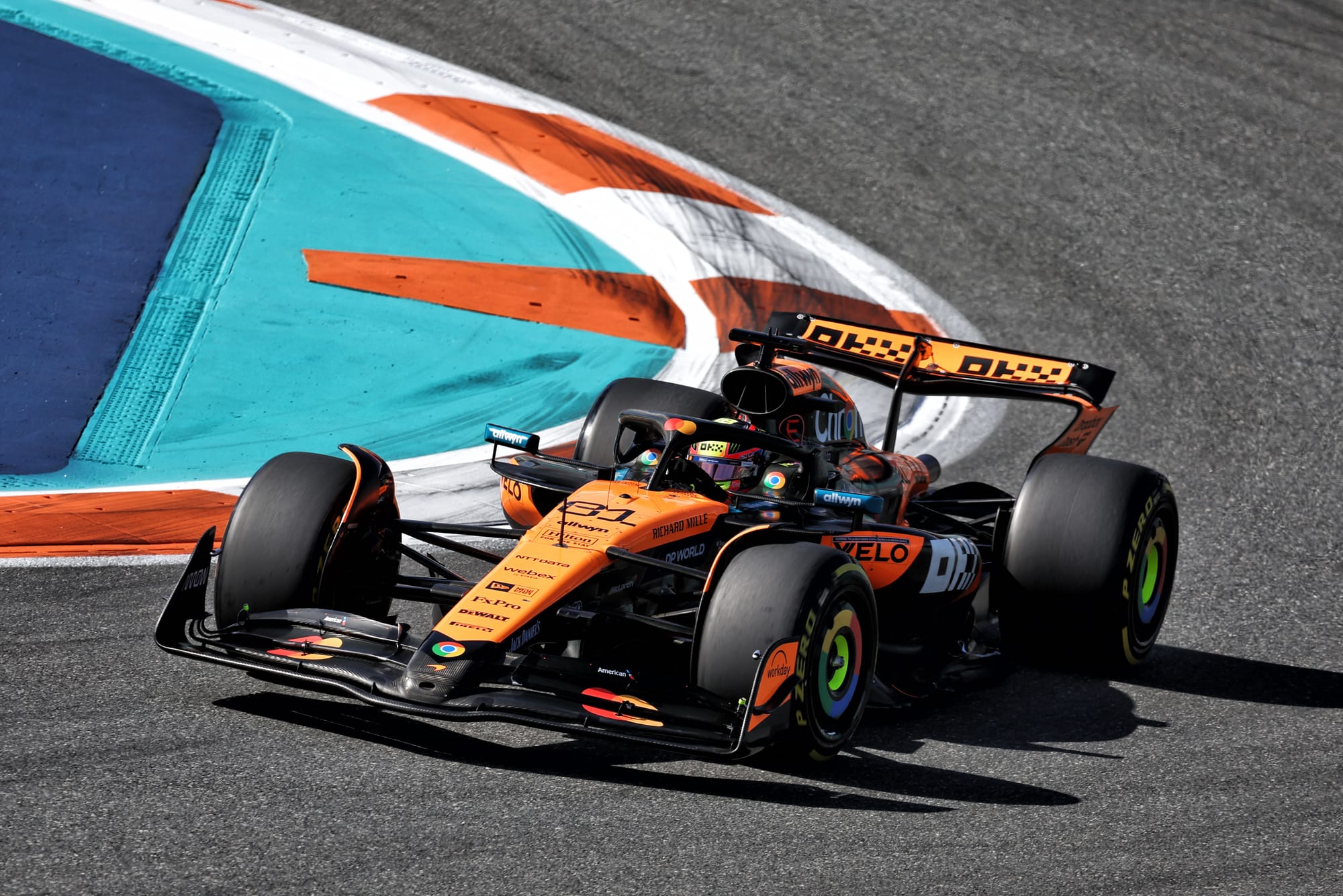
The McLaren has been the car of the season so far, winning five out of seven grands prix and building a massive lead in the constructors’ championship.
While one of its strengths is producing significant downforce across a wide corner speed spread, it also has a significant advantage when it comes to rear tyre temperature management in races like Miami, where core temperature is key.
That’s been the subject of much questioning and insinuation, but it’s important to note the FIA has looked at and cleared McLaren’s designs related to the wheel bodywork assembly.
But its biggest weakness is the one that Lando Norris is struggling with, a lack of feel in the front end that appears to be the consequence of the stiff suspension concept of the car.
“The feeling coming especially from the front axle is relatively numb," McLaren team boss Andrea Stella explained.
Both drivers have noted this, but it’s proved more of a problem for Norris, who seems unable to adapt to that lack of feel and, particularly in qualifying, makes too many mistakes as a result.
Things will change for McLaren and the other nine teams as the cars continue to develop, and the front wing flexibility clampdown kicks in at the Spanish Grand Prix later this month.
Once that happens and more upgrades appear, there is every chance not only the relative performance but also the characteristics of some or all of the cars will change.


